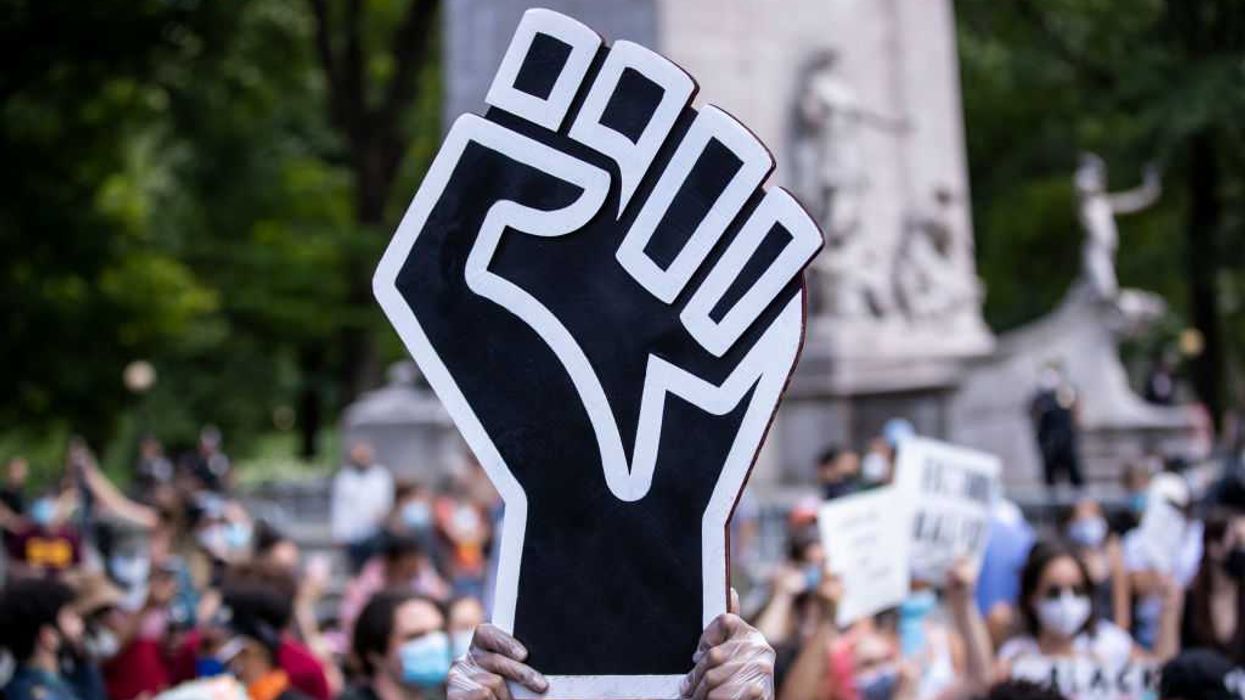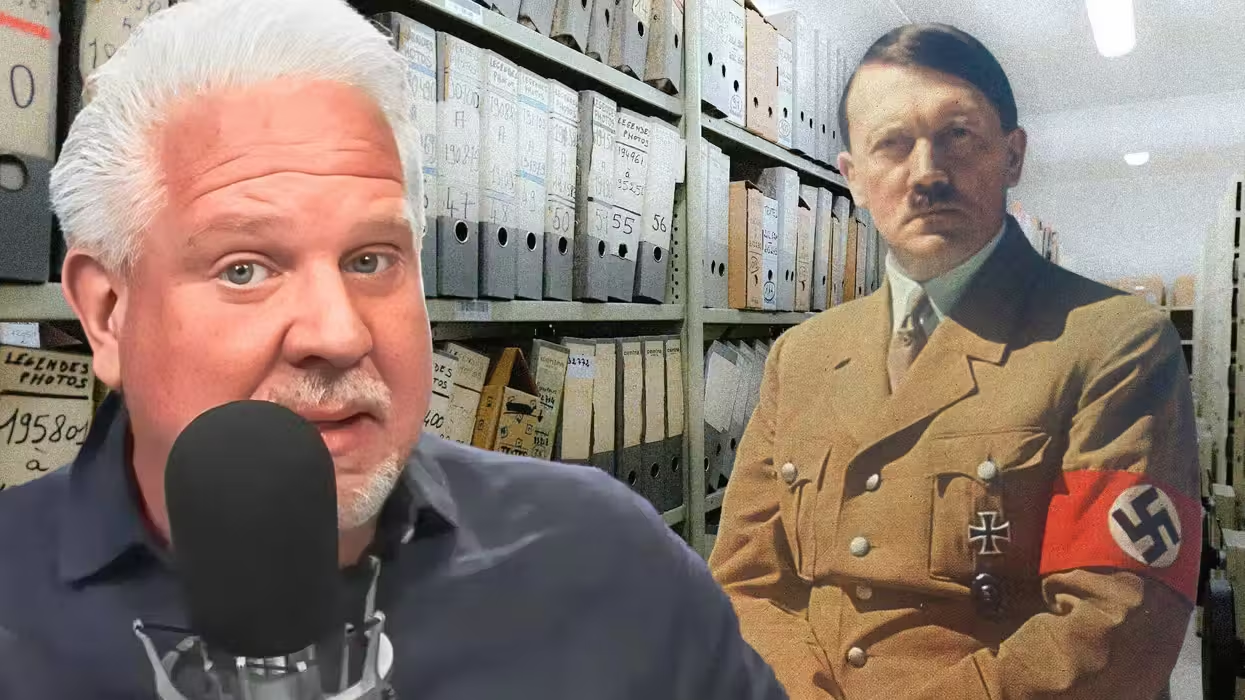
© 2025 Blaze Media LLC. All rights reserved.
"...we can’t wait to get this bulb into the hands of our customers."

With Earth Day just around the corner, some Americans are beginning to think about small updates they can make around their home or office to be more efficient. One tip promoted on the U.S. Department of Energy's "Energy Savers" website is to change out incandescent light bulbs with a more efficient CFL or LED lights.
The bulb getting the most buzz is a $60 LED (light-emmiting diode) bulb by Phillips that will hit consumer shelves this Sunday. Why the hefty price tag? According to the Associated Press, this bulb packs a big punch with its "state-of-the-art" components, especially the top-notch chips, or diodes, that give off the light.
Right out the door Netherlands-based Philips is discounting it to $50 for consumers, and is working on deals with electric utilities to discount it even further, by as much as $20 to $30. This means the bulb will cost anywhere from $20 to $60, depending on where it's found. Online, consumers will be paying $50 for each bulb, because utilities don't subsidize online sales.
Last month, we reported the bulb -- touted as the most energy efficient one yet -- was the winner of Congress's $10 million "L Prize" contest launched in 2007. The goal of this project was to help create a bulb to replace the standard, energy-wasting "incandescent" 60-watt bulb. The requirements were rigorous, and Philips was the only entrant. Its bulb was declared the winner last year, after a year and a half of testing.
(Related: Gov't backed 'green' light bulb meant to be affordable costs $50)
Still, the contest stipulated that the winning bulb be sold for $22 in its first year on the market. Here's more from our original article on the bulb given the fact that it's clearly not meeting cost requirements quite yet:
Manufacturers were “strongly encouraged to offer products at prices that prove cost-effective and attractive to buyers, and therefore more successful in the market.” The target retail price, including rebates from utilities, was to be $22 in the first year, $15 in the second year and $8 in the third year, the [Washington] Post reports.To put it plainly, Phillips comes nowhere near these numbers.
“This bulb is pretty amazing,” says VP of Merchandising Chris Weber, according toMarket Watch. “It is really hard to believe that you can get the equivalent of 940 lumens of warm, ambient light from a bulb that only uses 10 watts.”
“Philips has done it and we can’t wait to get this bulb into the hands of our customers,” he adds.
But we just can’t get around the fact that $10 million was awarded to develop an “affordable” LED and Phillips came up with a $50 bulb.
“You keep using the word ‘affordable,’” Cato‘s Aaron Ross Powell writes, addressing the Obama administration, “I do not think it means what you think it means.”
In that context, the $60 price tag has raised some eyebrows. Ed Crawford, the head of Philips' U.S. lighting division, said it was always part of the plan to have utility rebates bring the price down to the $22 range.
Utilities already offer rebates on energy-saving products such as compact-fluorescent bulbs, or CFLs. In return for efforts to curb energy use, regulators allow utilities to raise their rates. The discounts are invisible to consumers -- the utilities pay the stores directly.
For $25, or even $35, the bulb looks like a good investment compared to an incandescent bulb. It uses only 10 watts of power, meaning saves about $8 per year in electricity if it's used four hours a day. It's expected to last at least 30,000 hours, or 30 times longer than an incandescent. At four hours per day, that's 20 years.

But the Philips bulb is not only up against $1 incandescent bulbs. CFL are nearly as energy efficient. They use about 15 watts for 60 watts worth of light. They're much cheaper too, typically costing around $5. The Philips bulb looks odd too -the light-emitting surfaces are yellow when the bulb isn't lit, yet shine white when it is.
The Philips bulb has some advantages over a CFL: It lasts three times longer and gives off a more natural-looking light. It doesn't contain the toxic mercury vapor inside CFLs, which creates a minor hazard when they break.
(Related: Stossel plays spoof of Puff Daddy's 'Missing You' in memory of incandescent light bulb)
Philips has been selling a cheaper, less efficient version of the L Prize bulb since 2010, and Crawford says it's done well - LEDs now account for about 20 percent of Philips' U.S. lighting sales, up from nearly zero three years ago.
Crawford credits the L Prize with pushing the company to focus research efforts on LED bulbs. The finished product may be expensive, but the technology the company developed for the prize submission has already been used successfully in its cheaper AmbientLED lights.
Check out Philips's promo video on its AmbientLED bulbs:
"It's the question we always receive: `Well gee, wouldn't the technology have developed this way without the L Prize?' I think it absolutely would have. The real question is: `How quickly would it have happened?'" Crawford said.
Incandescent bulbs of 40 watts and above will be banned in 2014.
The question still remains: Will you be headed to the store this weekend to purchase the $60 bulb ($50 or less with rebates)? If so, you can find retailers here.
The Associated Press contributed to this report.
Want to leave a tip?
We answer to you. Help keep our content free of advertisers and big tech censorship by leaving a tip today.
Want to join the conversation?
Already a subscriber?
more stories
Sign up for the Blaze newsletter
By signing up, you agree to our Privacy Policy and Terms of Use, and agree to receive content that may sometimes include advertisements. You may opt out at any time.
Related Content
© 2025 Blaze Media LLC. All rights reserved.
Get the stories that matter most delivered directly to your inbox.
By signing up, you agree to our Privacy Policy and Terms of Use, and agree to receive content that may sometimes include advertisements. You may opt out at any time.






